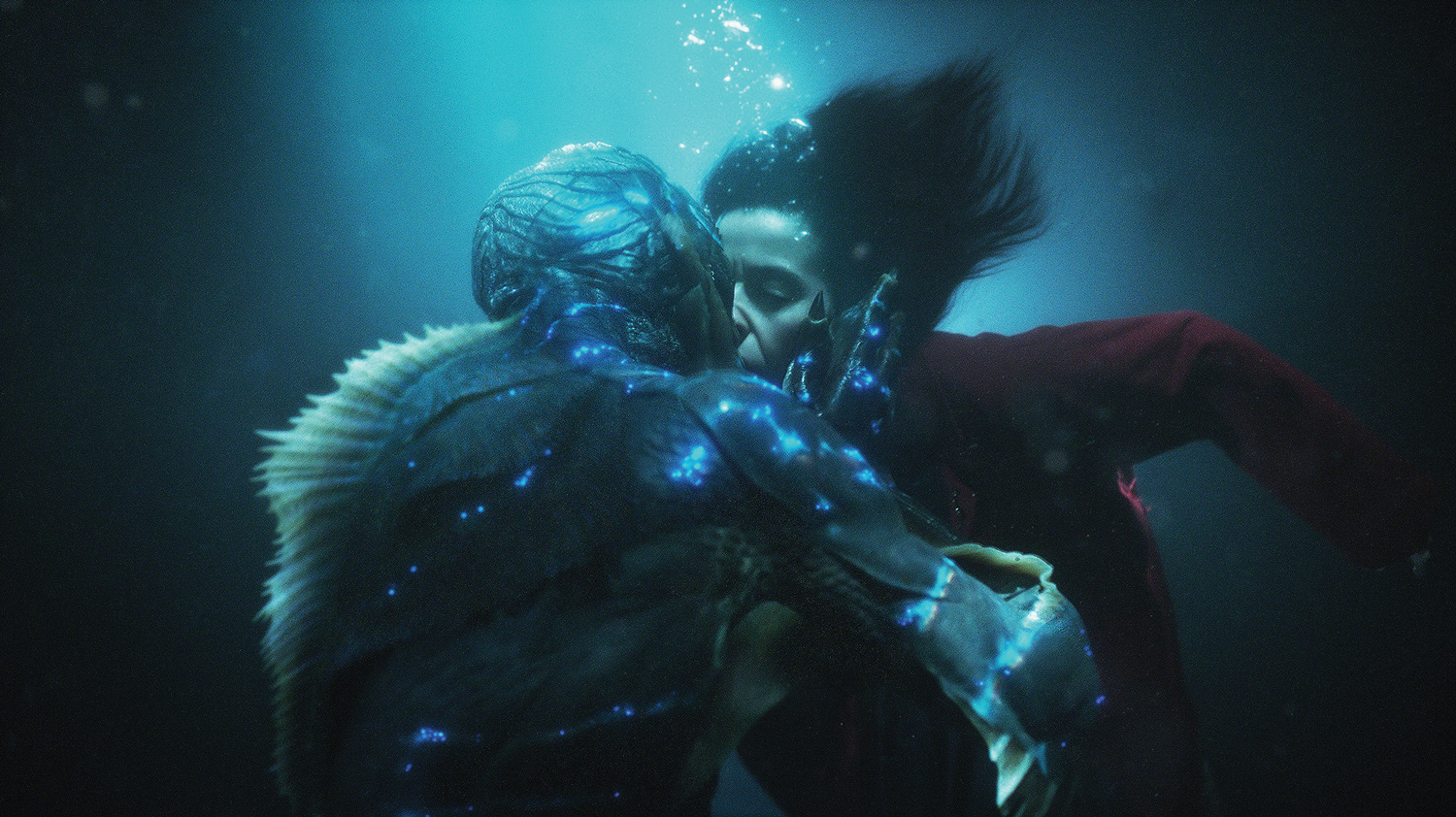
“The Shape of Water” features one of the weirdest love stories since Wes Anderson’s “Moonrise Kingdom,” but oddly enough it proved to be rather enjoyable.
It is very similar in structure to director Guillermo del Toro’s most acclaimed movie, “Pan’s Labyrinth,” to the point that a few of the minor characters and moments seemed like carbon copies. In this case, del Toro did a better job using the setting of the 1950s to introduce more plot complications. Additionally, the film did a pretty good job with setting up and paying off several elements throughout. The payoffs are not the most satisfying, but they succeed in keeping the movie entertaining.
The relationship between Elisa and the amphibious monster she falls in love with is definitely uncomfortable and unsettling at some points, but it is believable. Their relationship reminded me of the 2013 film “Her” in that the two parties have a deep emotional connection and do not mind the fact that they are completely different beings, pursuing their love in spite of the complications that arise from it.
Tied in closely with their relationship is the fact that Elisa is mute. The movie puts her disability at the forefront in a plot sense, and it makes up a major part of Elisa’s character but not all of it. Her relative loneliness is no doubt caused by how few people are willing to take the time to interact with and get to know her. It is compelling to see a mute character as the protagonist. Sign language and muteness are both things that can be incorporated into storylines in really interesting ways, and that is definitely true here.
The villain of the movie, Strickland, is ultra-masculine and validates himself by feeling powerful at every moment. The audience spends a lot more time alone with the villain than in most movies, which I thought makes Strickland a better character. However, he falls off a bit in the third act when he starts getting too over-the-top, spouting monologues.
Although I was somewhat entertained, interested and impressed by the movie, I do not agree with its two Golden Globe wins. Guillermo del Toro did a fine job directing, but I did not think it was anything that deserved such recognition. I do not remember Alexandre Desplat’s score, which itself makes me disagree with his Globe for best score. The film will probably get a few Oscar nominations once they come out, maybe even a win or two, but I do not consider it “best of the year” in any regard.
There is also a fairly talented cast featured here. I have seen Michael Shannon’s name come up in a positive context several times in the past year, and while I was not amazed by his performance, I thought he was well-cast and would like to see him in other things. Octavia Spencer is a welcome and entertaining presence, as always, but this is not one of her better performances. Sally Hawkins does not have a ton of opportunity to showcase talent here, but I did think she makes for a good emotional protagonist.
By now, it may be difficult to see this in theaters. If you are planning on seeing it, be warned that the subject matter is more than a little creepy and unsettling. It is not a jump-scare movie, though it was advertised that way a little, nor is it visually gross, but it will throw most audience members for a bit of a loop.

